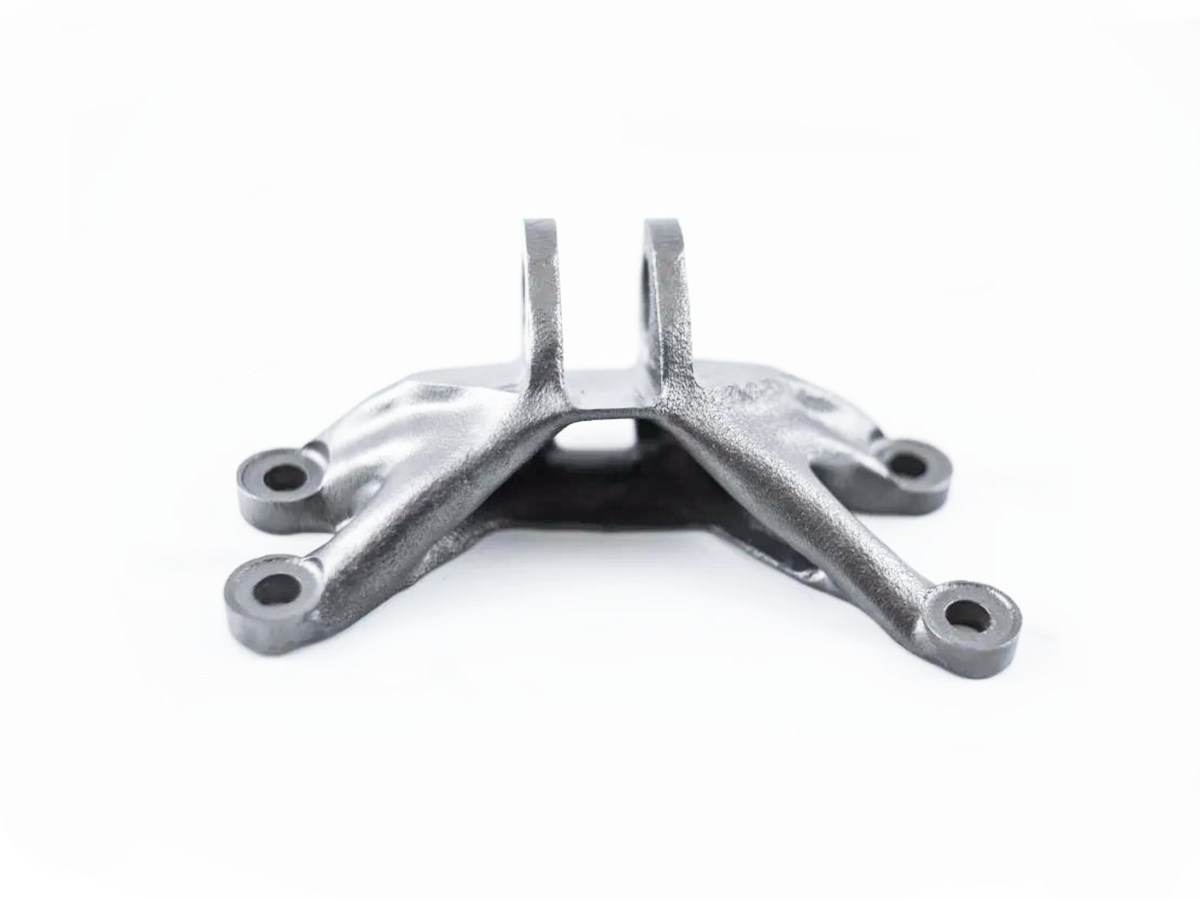What is the best way to balance machining efficiency with tool life in stainless steel?
Balancing machining efficiency—high material removal rates (MRR) and short cycle times—with acceptable tool life in stainless steel is the central challenge of process optimization. This balance is not a compromise but a strategic synergy where the right parameters actually improve both outcomes simultaneously. The goal is to achieve the highest sustainable MRR within a thermal and mechanical window that prevents premature tool failure. This is achieved through a disciplined, four-pillar approach.
1. Optimize the Tool and Coating Synergy
The foundation of this balance is selecting a tool system designed for the specific demands of stainless steel.
Substrate and Geometry: Use a sharp, positive-rake carbide tool from a reputable manufacturer. A sharp edge reduces cutting forces and work hardening. Tools with variable pitch/he-lix geometries dampen vibration, allowing for more aggressive parameters without chatter, which directly benefits both efficiency and tool life.
Application-Specific Coating: A PVD coating like TiAlN (Titanium Aluminum Nitride) is non-negotiable for most stainless steels. It provides a hard, thermally stable barrier that allows you to run at the higher speeds necessary for efficiency without generating destructive heat. The coating doesn't just extend tool life; it enables higher efficiency.
2. Master the Parameter Relationship: Feed Over Speed
The most critical concept is understanding the distinct roles of Speed (SFM) and Feed (IPT).
Prioritize a Healthy Chip Load (Feed Rate): The single most important parameter for balancing efficiency and life is the feed per tooth (IPT). An aggressive, consistent feed rate ensures the tool is always cutting, not rubbing. Rubbing work-hardens the material and generates excessive heat, the two primary killers of tools. A thick, well-formed chip is the best indicator of a healthy cut; it carries heat away from the tool and workpiece.
Manage Speed (SFM) for Heat Control: While higher speeds increase MRR, they are the primary driver of heat generation. The optimal speed is the highest value that does not generate excessive heat (evidenced by blue or purple chips). For a given tool and coating, there is a "sweet spot." Exceeding it reduces tool life exponentially for minimal gains in cycle time. Staying just below this thermal boundary maximizes productivity per tool.
3. Implement High-Efficiency Machining (HEM) Strategies
Advanced toolpaths are designed specifically to balance this equation by managing tool engagement.
Light Radial, Heavy Axial Cuts: Instead of a full-width slot, use toolpaths that maintain a light radial depth of cut (e.g., 5-15% of tool diameter) with a heavy axial depth. This spreads the wear over a much larger portion of the tool's cutting length, drastically reducing heat concentration and flank wear while maintaining a high MRR.
Use Trochoidal Milling: This circular, rolling toolpath is exceptionally effective in stainless steel. It ensures constant tool engagement, avoids sharp directional changes that shock the tool, and provides consistent time for coolant to reach the cutting edge. This allows for higher feed rates and longer tool life by preventing thermal and mechanical spikes.
4. Ensure Aggressive and Precise Heat Management
Heat is the enemy of both tool life and part quality.
High-Pressure Coolant: Use a high-pressure flood coolant system directed precisely at the cut interface. The coolant's primary job is not to cool the chip (which is already dissipating heat), but to cool the tool substrate and prevent it from reaching the tempering temperature. Effective cooling directly translates to preserved tool hardness and extended life, allowing for more efficient parameters.
Consistent Conditions: Maintain coolant concentration and cleanliness. Diluted or contaminated coolant loses its lubricity and heat-transfer capabilities, silently killing tools and forcing slower, less efficient parameters to compensate.
A Practical Optimization Workflow
Start with Manufacturer Recommendations: Use the tool supplier's data for SFM and Feed in stainless steel as a validated baseline.
Maximize Feed First: With a conservative SFM, push the feed rate until you achieve a thick, curled chip and the machine is at its power or rigidity limit. This maximizes MRR without the thermal penalty of high speed.
Then, Optimize Speed: Gradually increase the SFM until the chips turn a light tan color. If they turn blue, reduce the speed. The tan color indicates you are in the optimal thermal window.
Validate with Tool Life: Monitor tool wear. If flank wear is progressive and predictable, the balance is correct. If tools fail prematurely (chipping or rapid wear), re-evaluate the SFM or check for rigidity issues.
Conclusion: A Synergistic Outcome
The "best way" to balance efficiency and tool life is to reject the notion that they are conflicting goals. By using the right tooling, prioritizing feed rate to prevent work hardening, employing HEM strategies to manage load and heat, and leveraging effective cooling, you create a process where high efficiency and long tool life are mutually reinforcing. This systematic approach is fundamental to our Stainless Steel CNC Machining services, ensuring we deliver cost-effective, high-quality components without sacrificing productivity or reliability.



